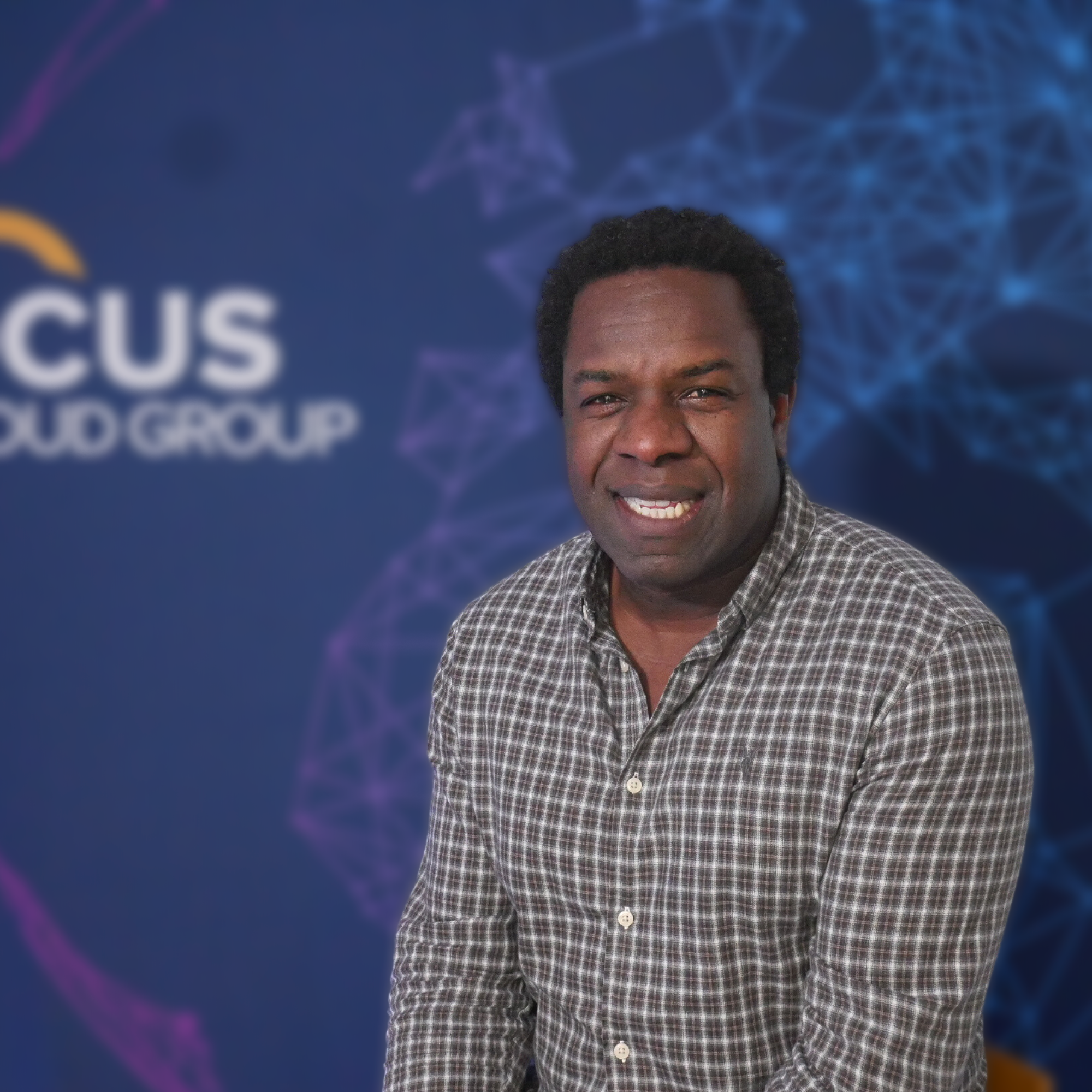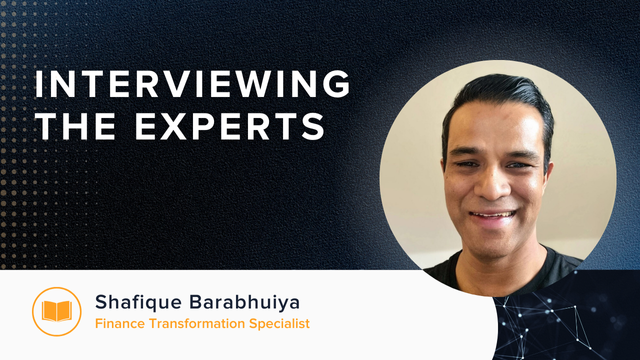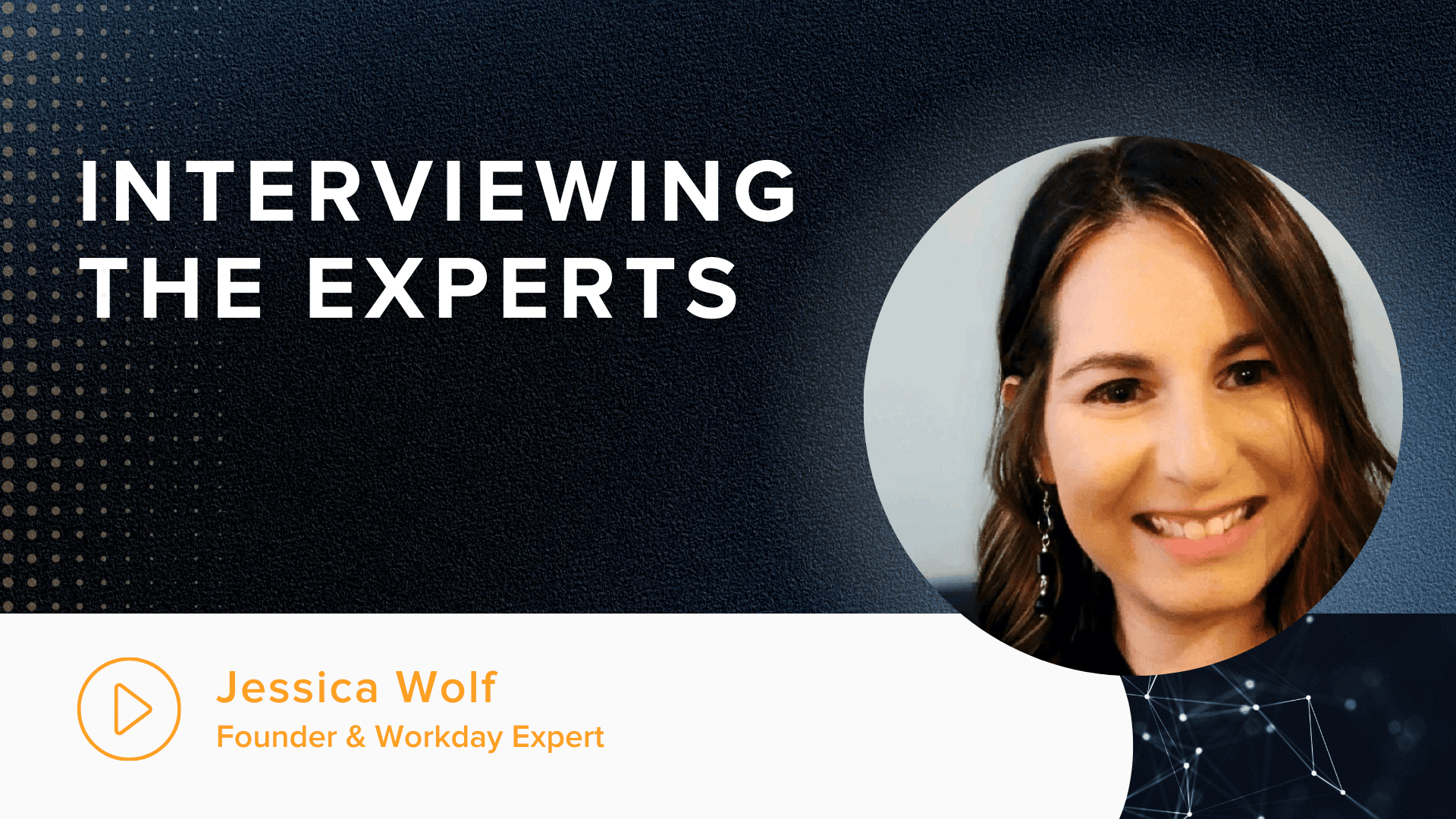Welcome to another edition of Interviewing the Experts! Today, we’re diving into the world of Workday Financials with Shafique Barabhuiya, Finance Transformation Specialist and founder of transformation consultancy PE Transformation Partners. With a background spanning CFO advisory, consulting, and client-side transformations, Shafique has seen it all when it comes to ERP implementations. Let’s get into it!
How has the Workday Financials market evolved in recent years?
The change has been huge. I first worked with Workday Financials back in 2016, when it was still relatively new. Back then, there was such a skills gap that SI partners were flying in resources from the US because there simply weren’t enough trained people in the UK.
Fast forward to today, and we’ve got a much more mature ecosystem with a stronger talent pool. Workday Financials has grown massively in both capability and market penetration, particularly outside the US. It’s now a far more compelling proposition, able to handle greater complexity across industries.
What’s your approach to the pre-selection phase?
It all starts with understanding the business. You need to be clear on your use cases—are you just looking at core financials, or do you need procurement, planning, supply chain, and inventory? You’re not just buying for today; you’re investing in a system that needs to support your business five to ten years down the line.
It’s also about defining where you can take standard processes and where you need customisation. Some areas, like supplier payments, should be fairly standard. Others—such as revenue recognition—can be more complex. And then, of course, there’s technology. How will Workday integrate with your existing systems? What’s your data flow? A strong pre-selection phase sets you up for success later.
How do you stand up the Workday Financials program?
First, get the right resourcing model in place. That means selecting an SI partner, understanding your in-house capabilities, and identifying where you need contractor support. You also need a clear business case that aligns your scope, objectives, and budget.
Beyond that, locking down your Workday licensing early is key. I always recommend working with experts who understand what can be negotiated and what’s fixed. And of course, start working on data as early as possible—data migration is always a major challenge, so get ahead of it.
Speaking of resourcing, which roles are essential for a successful implementation?
There are six key buckets:
- Functional Leads – People who understand finance processes and can sign off on design decisions.
- Program Management – A strong program manager, plus PMO support if needed.
- Data & Integrations – Experts to manage data cleansing, migration, and integrations with third-party systems.
- Testing – Dedicated test managers to cover integration and UAT.
- Change Management – Someone focused on training, communication, and adoption.
- Executive Sponsorship – Leadership buy-in to ensure alignment and momentum.
Many companies underestimate the need for strong client-side resources, but getting this right makes a huge difference.
What are the key considerations at cutover and go-live?
A successful cutover is built on everything you do beforehand. Data migration needs to be bulletproof—clean, tested, and signed off. Governance needs to be in place, with clear roles assigned for both technical and business processes.
Timing is another big one. Avoid year-end or major reporting periods if possible. Many companies go live in Q1 so they have time to stabilize before their first big reporting cycle.
Finally, user training is critical. By go-live, people should already be familiar with the system through UAT and early training sessions.
What should organisations focus on post go-live?
Stabilization and optimization. The first few months will have hiccups—that’s normal. Prioritize issues, address critical fixes, and make sure your support model is functioning. Over time, start optimizing processes to get the full value from Workday.
It’s also worth having a continuous improvement roadmap. Workday releases updates regularly, so staying on top of new features and enhancements will ensure the system continues to evolve with your business needs.
What’s your biggest piece of advice for any organization considering a Workday Financials implementation?
Plan early and bring in experienced people. A well-thought-out pre-selection phase saves time, money, and headaches down the line. And make sure you have strong client-side governance—your SI partner will configure Workday, but it’s up to you to ensure the implementation aligns with your business.
A huge thank you to Shafique Barabhuiya and Joel Kirkland for sharing their valuable insights on Workday Financials. Shafique’s expertise and experience provide invaluable guidance for organisations navigating finance transformation. Stay tuned for more expert conversations!
If you’re building your team for your Workday Financials implementation, and you’d like some advice on how you should be resourcing your program, get in touch to speak to our global specialists in Workday recruitment.




